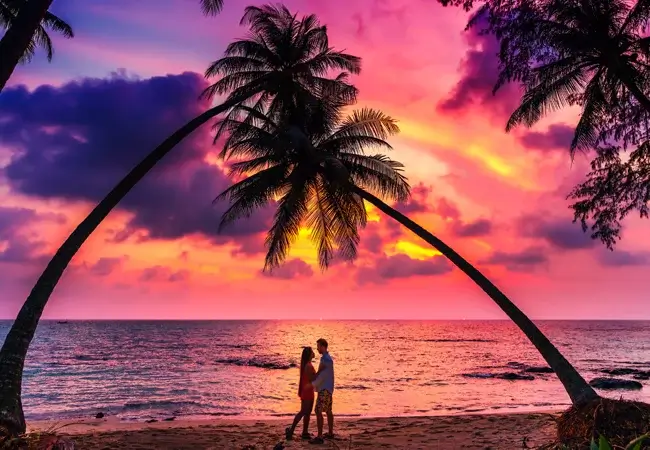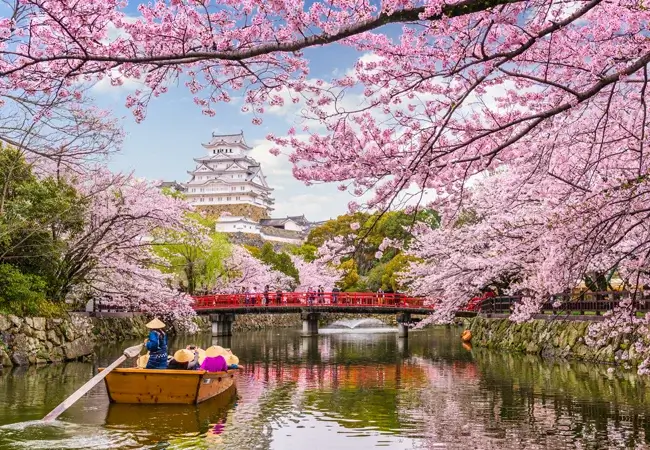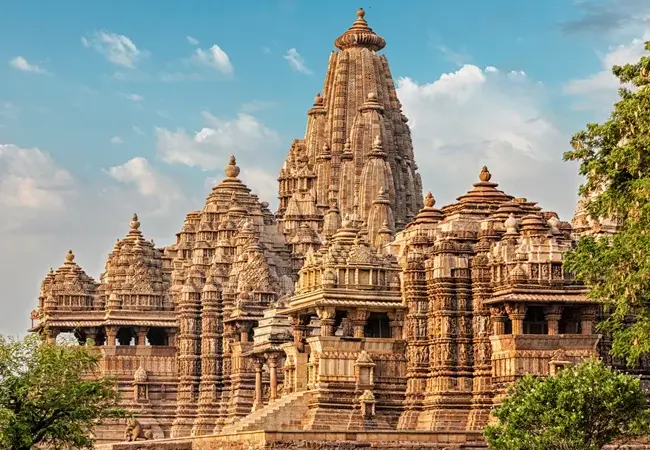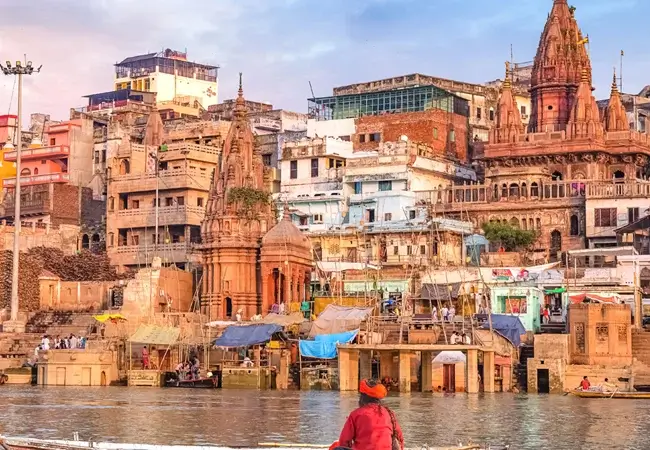
Kutch
Want a trip that’s peaceful, colorful, and full of culture? Then Kutch, Gujarat is waiting for you! Far from the crowds, this desert land is famous for the Rann of Kutch, lively festivals, handicrafts, and warm-hearted people.
With our Gujarat Kutch Tour Packages, you don’t have to worry about a thing—we take care of travel, stay, and sightseeing. Just pack your bags and get ready to enjoy beautiful sunsets, cultural shows, and unforgettable memories with your family or friends.
Contact us now to book your Gujarat Kutch Tour Package and make your holiday truly special!
Kutch in Gujarat is world-famous for the Rann of Kutch, one of the largest salt deserts on Earth. From the sparkling white desert to colorful festivals, wildlife, and traditional crafts, Kutch offers a unique experience you won’t find anywhere else.
With our Gujarat Kutch Tour Packages, your trip is fully planned—travel, stay, and sightseeing included. Book your Kutch Trip Package today and get ready to explore culture, adventure, and unforgettable landscapes!
The Rann Utsav is Gujarat’s most famous festival, celebrated every year from December to February in the white desert near Dhordo village. This 3-month carnival showcases the true spirit of Kutch Travel with cultural programs, folk music, dance, handicrafts, food stalls, and thrilling activities like hot-air balloon rides and camel shows.
Visitors can enjoy moonlit nights on the endless white desert, stay in beautifully designed traditional huts, and experience unmatched Kutchi hospitality. From local art to adventure, the Rann Utsav is the best way to discover the beauty and culture of Kutch.
Book your Kutch Travel Package today and be part of this once-in-a-lifetime desert festival!

One of the highlights of the Rann Utsav is the chance to explore the rich handicrafts of Kutch. Local women and young girls showcase beautiful embroidered clothes in styles like Rabari, Ahir, Sindhi, Banni, Mutwa, Ari, and Soof—many featuring intricate mirror and beadwork.
With our Kutch Bhuj Tour Package, you can shop these authentic crafts directly from artisans, support local communities, and take home unique souvenirs that reflect the culture of Kutch.

Kalo Dungar, or Black Hill, is the highest point in Kutch, Gujarat, located about 97 km from Bhuj. It is the only place where visitors can enjoy a panoramic view of the Great Rann of Kutch, making it a must-visit stop on any Kutch Bhuj Tour Package. Situated close to the Pakistan border, the hill also has an Army post, beyond which only military personnel are allowed.
The hill is home to the 400-year-old Dattatreya Temple and is famous for its unique magnetic hill that creates an optical illusion, making vehicles appear to roll uphill. Kalo Dungar also has a fascinating legend of Saint Pachmai Peer, whose compassion towards jackals gave rise to a centuries-old tradition where these animals are still fed daily with rice, lentils, and jaggery.
Visiting Kalo Dungar is more than just sightseeing—it’s about experiencing spirituality, legends, and breathtaking landscapes. With our Kutch Tourism Packages, Kutch Travel plans, and tailor-made Kutch Holiday Packages, you can enjoy this magical hill along with other gems of the region. Book your Kutch Trip Package today and witness the charm of Kutch from its highest point!

Discover the royal charm of Kutch Travel at the stunning Vijay Vilas Palace in Mandvi. Built in the 1920s, this grand sandstone palace is surrounded by orchards and a private beach, offering breathtaking views and rich heritage.
Add this royal destination to your Kutch Trip Package or Kutch Holiday Packages and enjoy history, culture, and luxury all in one journey. Book now for an unforgettable Kutch experience!

Located about 100 km from Bhuj, the Kutch Desert Wildlife Sanctuary is one of the world’s largest seasonal saline wetlands. Its dazzling white salt surface, rare fossils near Dholavira, and rich wildlife make it a must-visit on your Kutch journey.
Home to flamingos, wild ass, storks, porcupines, and even ancient fossils of dinosaurs and whales, this sanctuary is perfect for nature and adventure lovers. Add it to your Kutch Travel, Kutch Trip Package, or Kutch Holiday Packages for an unforgettable experience of wildlife and history together.

Discover the UNESCO World Heritage Site of Dholavira, one of the largest Indus Valley Civilization cities. A must-visit in our Gujarat Kutch Tour Packages, this site lets you explore 4,500 years of history. Book your Kutch Trip Package today and walk through the ruins of a once-grand civilization.
Located in Bhuj, the Kutch Museum showcases rare artifacts, crafts, and tribal culture. Included in most Kutch Tourism Packages and Kutch Holiday Packages, it’s the perfect stop to experience local heritage. Add it to your Kutch Bhuj Tour Package for a complete cultural journey.
Kutch is a paradise for vegetarians, offering authentic flavors that every traveler must try. The famous Kachchhi Thali includes roti, dal, curry, vegetables, theplas, khakras, papad, and buttermilk—a wholesome meal full of taste. Another local favorite is Khichdi Kadhi, a comforting mix of rice, pulses, and buttermilk curry. And for those with a sweet tooth, don’t miss the iconic Mesukh, one of India’s most loved desserts with Mughal origins.
Add these culinary delights to your Kutch Travel experience with our customized Kutch Holiday Packages and enjoy culture through food!

The best time to explore the Kutch Wildlife Sanctuary is between October and March, when the weather is pleasant and ideal for outdoor activities. During this season, the saline wetlands transform into a breathtaking white expanse, attracting thousands of migratory birds, including flamingos, storks, and cranes. It’s also the perfect time to spot wildlife like the Indian wild ass, porcupines, and spiny-tailed lizards in their natural habitat.
Visiting in winter not only offers comfortable sightseeing but also gives travelers the chance to experience nearby attractions such as Dholavira and the Great Rann of Kutch under the beautiful winter skies.
Plan your trip with our Gujarat Kutch Tour Packages, Kutch Trip Packages, or Kutch Holiday Packages for the best wildlife and cultural experiences. From guided safaris to local tours, our Kutch Tourism Packages ensure your journey is memorable and hassle-free.













